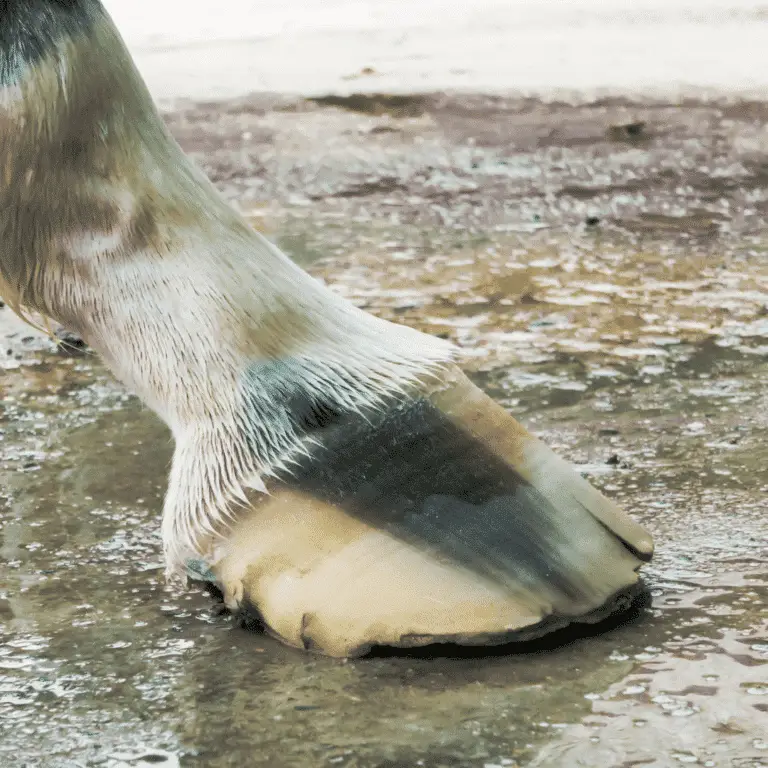Lacerations of traumatic origin that occur in the heel bulb region.
Heel-bulb lacerations are commonly encountered by equine practitioners. Routine bandaging usually fails to immobilize the damaged area, with wound dehiscence leading to chronic infection, the development of exuberant granulation tissue, and delayed closure.
